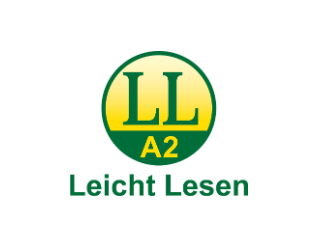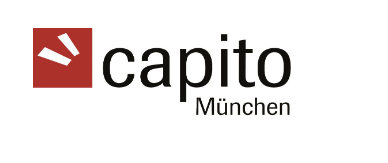Textile Worlds
About the exhibition
In this exhibition, Die Neue Sammlung shows
textiles from the last 200 years.
Textiles are, for example, fabrics made of different materials.
You will see about 180 very different textiles:
Fabrics, carpets and wall hangings.
The exhibition shows experiments with textiles and
completely new textiles.
The exhibition shows:
what textiles can be used for
how different they can look
how textiles have developed
In the exhibition you will also learn
about the history of the textile collection in our
museum.
Die Neue Sammlung owns most of the exhibits.
Some of the exhibits are:
Textiles from the Arts and Crafts Movement
The Arts and Crafts Movement was
an art form in Great Britain.
This art form existed from about 1850 to 1920.
Textiles selected by the Münchner Bund
The Münchner Bund has collected current
examples of good design since 1911.
Textiles from the Bauhaus
The Bauhaus is a school from about 100 years ago.
The Bauhaus objects were supposed to be practical and have simple shapes.
Textiles from Europe from 1950 to 1990
These textiles have features of different styles:
Functionalism
In Functionalism it was important,
that something was functional or practical.
It was less important,
that it was beautiful.
Anti-design
In Anti-design it was important,
that something was beautiful.
It was less important,
that it was practical.
Stylistic pluralism
In stylistic pluralism,
different styles exist side by side
at the same time.
Extra visionary positions
Visionary means: looking to the future.
In visionary thinking,
someone thinks of completely new ideas
Textiles by contemporary artists
Also in the exhibition are these textiles:
Molas from the country of Panama in Central
America
Molas are textiles that are sewn by hand.
They belong to the clothing
of the indigenous people of Panama.
Indigenous people are descendants
of the original population in an area.
Carpets from the country Morocco in North-West
Africa
War carpets from the country Afghanistan
These carpets mix old and new patterns.
New patterns are, for example, images of tanks and rifles.
Textiles have always been very important to us
humans.
By looking at the design of textiles,
we can also see which themes and ideas
are currently important to people.
This is always different at different times.
Textiles have influenced industrial design.
Industrial design creates everyday objects
that factories make in large quantities.
And textiles were also important
for the development of modern art.
Today, textile designers also think about
the environment and sustainability.
Sustainability means,
that something should last a long time and
that little material is used to make it.
The designers also think about
how they can redesign spaces and buildings.
But they also think about
a new design of all the things we need in everyday life.
In our exhibition, 4 themes are important:
Inter-disciplinary viewpoints
This means:
The fields of art, art-craft and design are closely linked.
Global Narratives
This means:
Images and their meaning within and outside Europe
have influenced each other.
Textile and space
Textiles can also have 3-dimensional forms.
This means:
They are not only flat,
but extend upwards or downwards.
These textiles can consist of several parts,
that are firmly connected to each other.
Or they can be movable.
Innovative developments
They show experiments
with completely new materials and techniques.
However, the exhibition is not strictly arranged by these 4 themes.
The themes cannot be separated from each other exactly.
The exhibition pieces are therefore freely distributed in the room.
This allows visitors to discover new connections.
The textile equipment for this exhibition
was developed by the designer and artist Ayzit Bostan.
Even the lighting is hanging from a textile ribbon.
The lighting has the name: Plusminus.
Stefan Diez Office designed this new lighting system.
Plan a visit
Where?
-
Barer Straße 40, 80333 Munich
Open:
-
Daily 10:00 – 18:00
-
Monday closed
-
Thursday 10:00 – 20:00
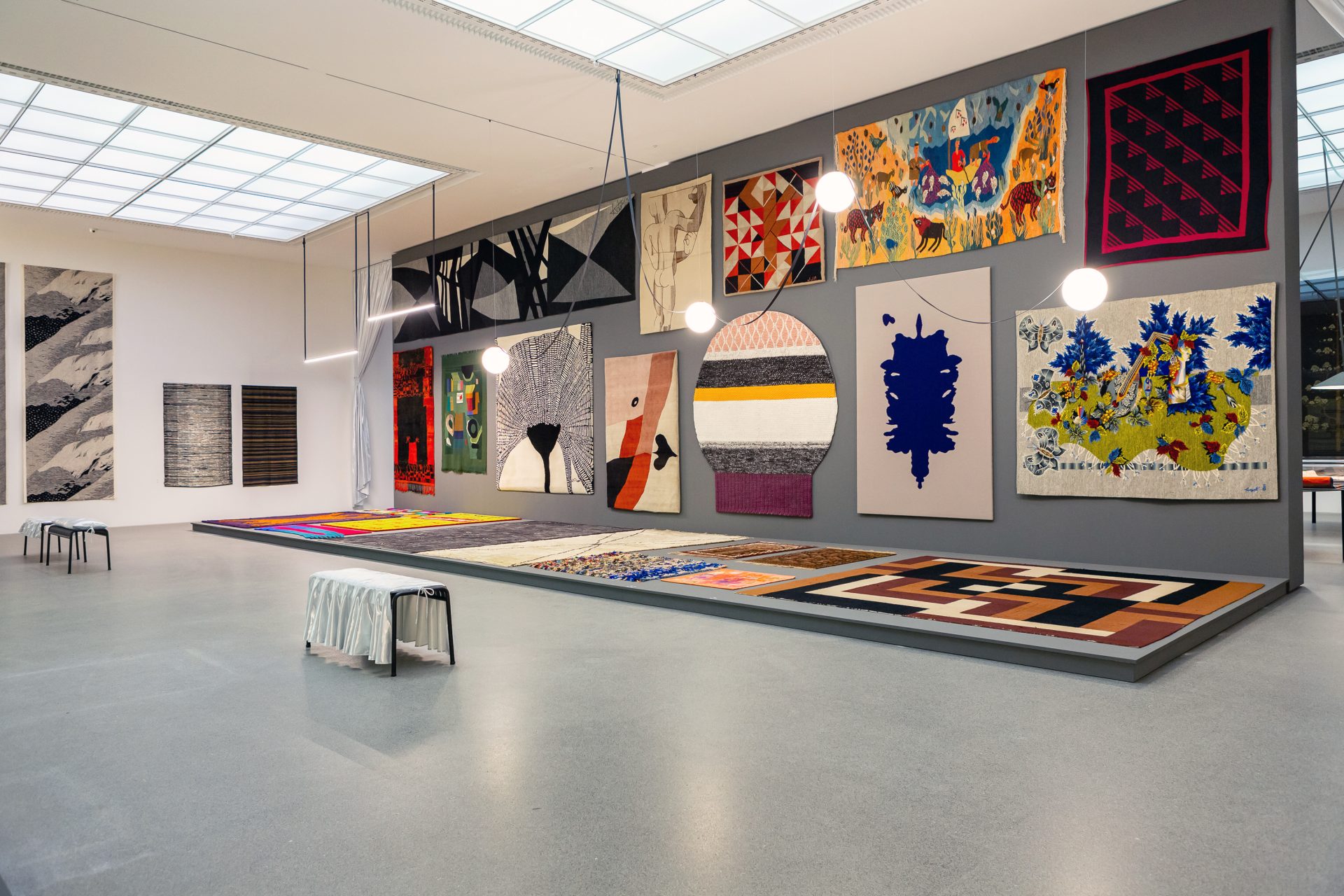
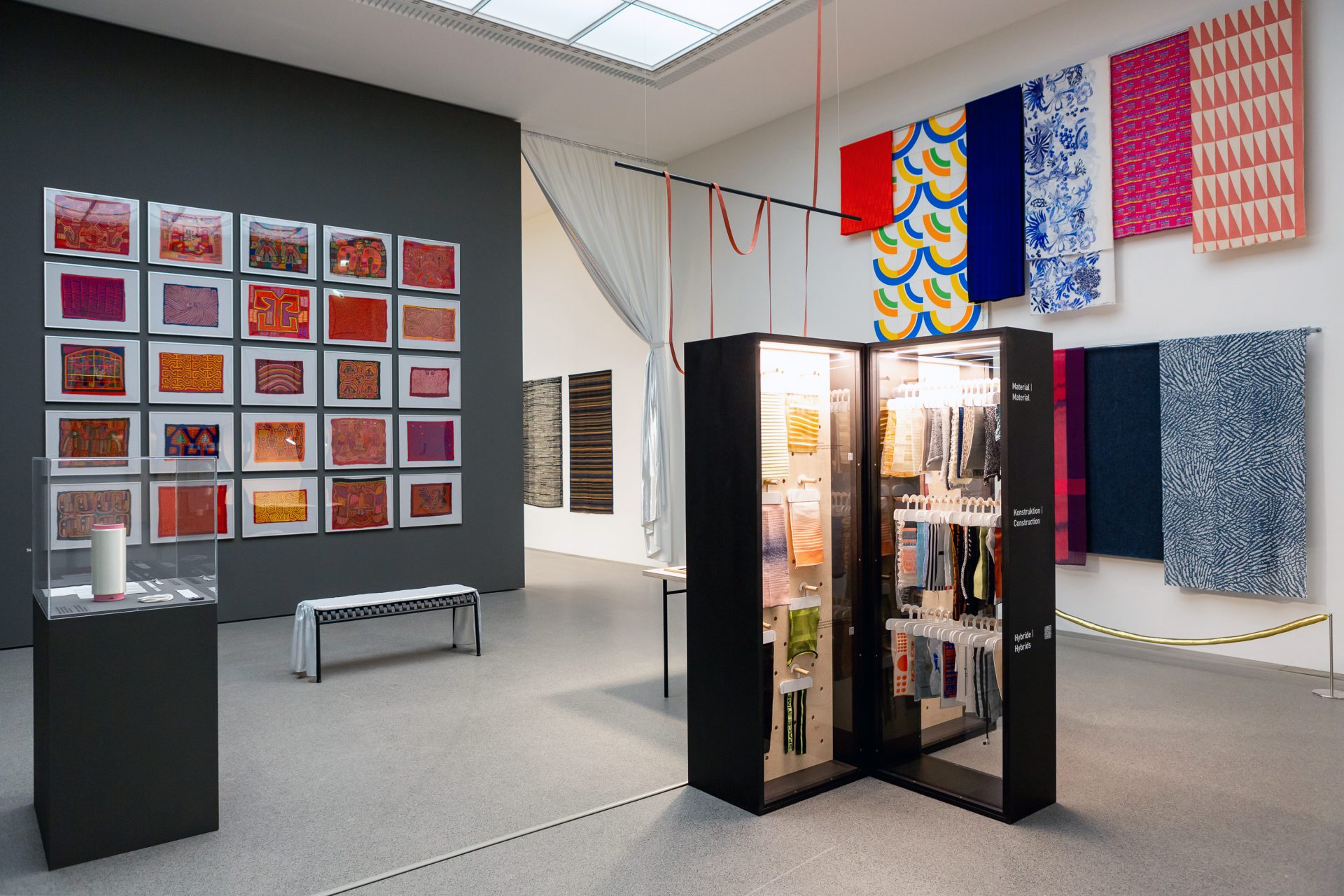
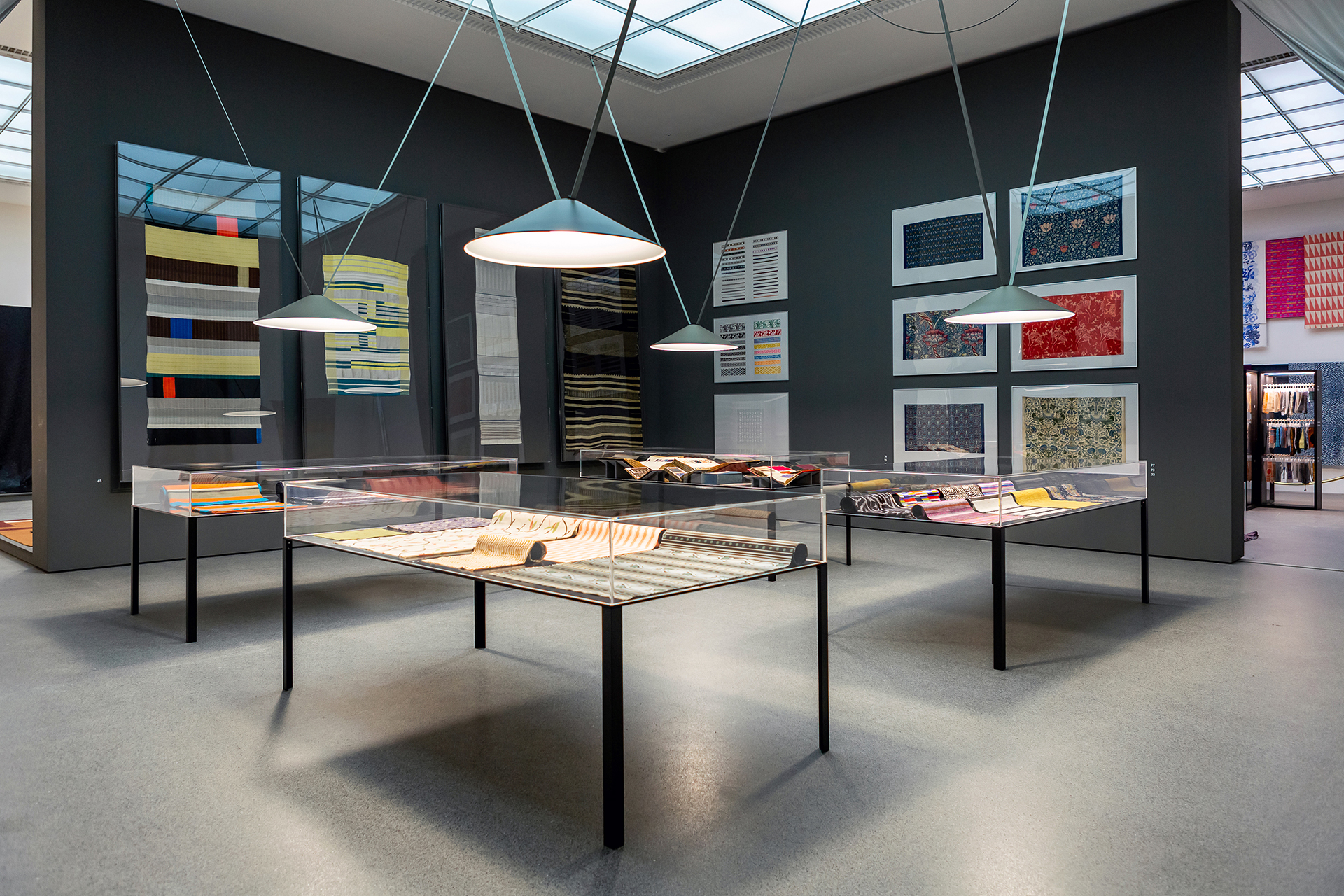
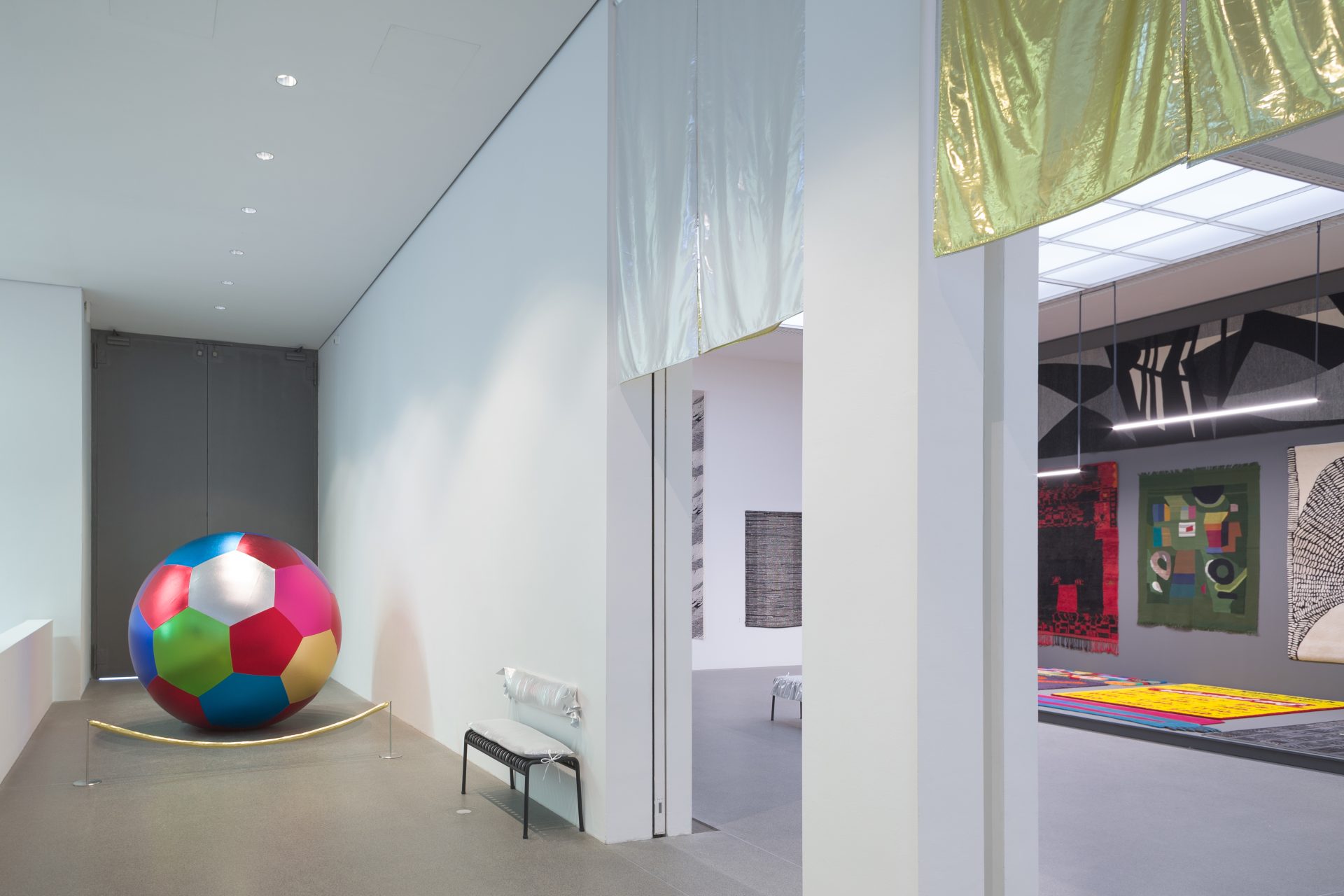
Short videos
FAQs
A visit to the Pinakothek der Moderne costs
regular 10 Euro
reduced admission 7 Euro
Sunday admission 1 Euro
Children and young people under the age of 18 have free admission.
We cooperate with Kulturraum München.
You can buy a ticket at the ticket office on site or online. You can find more information on the Pinakothek der Moderne website.
You can find an overview of accessibility at the Pinakothek der Moderne on the Kultur barrierefrei München website.
The design museum also offers an inclusive touch station in the X-D-E-P-O-T, which everyone can explore independently.
We provide an overview of what is going on at Die Neue Sammlung under programme. You can find out everything about guided tours and group bookings on the Pinakothek der Moderne website.
-
Curated by:
Polina Gedova, Angelika Nollert, Xenia Riemann-Tyroller
-
Supported by:
PIN. Freunde der Pinakothek der Moderne e.V.
